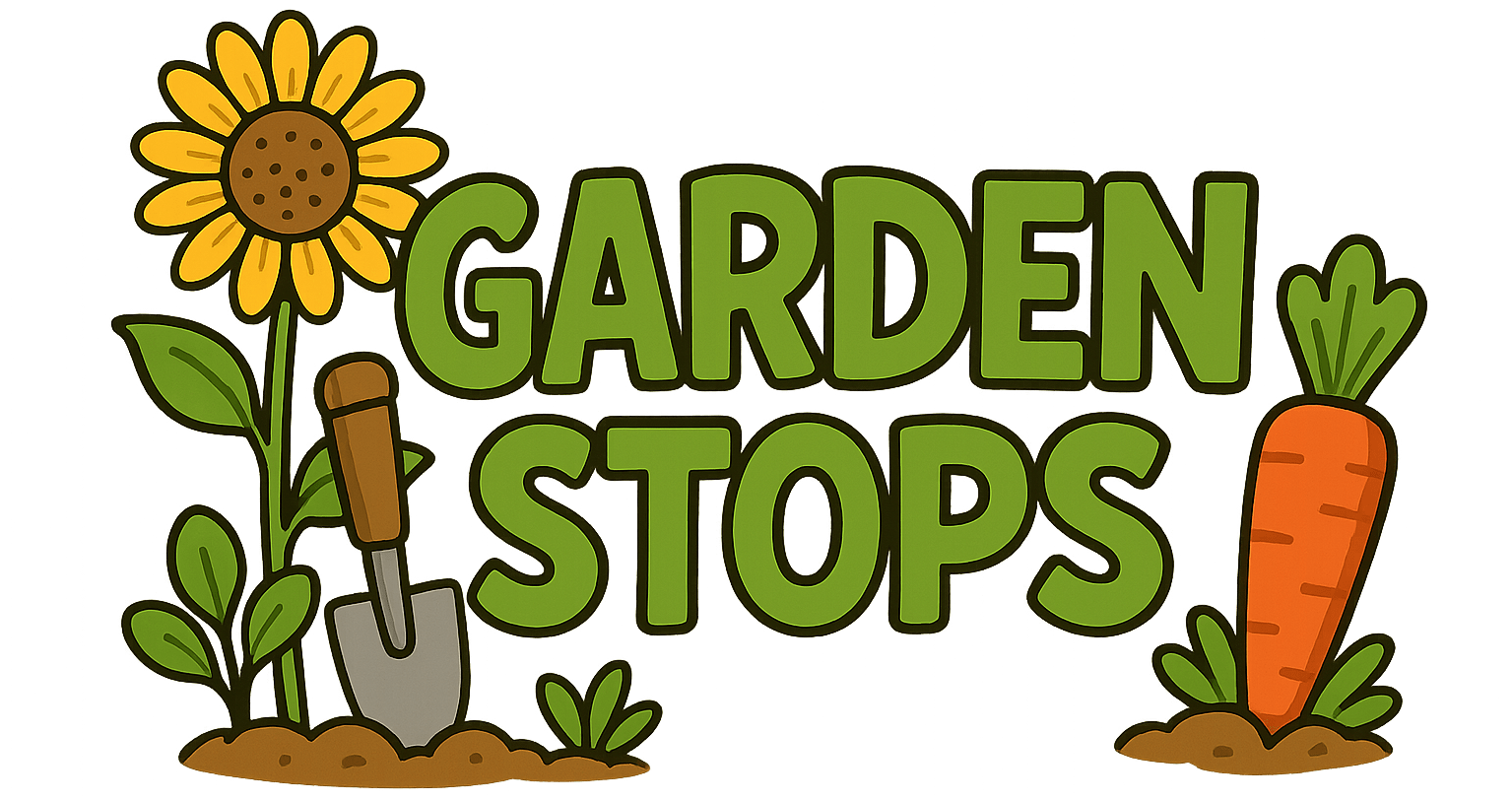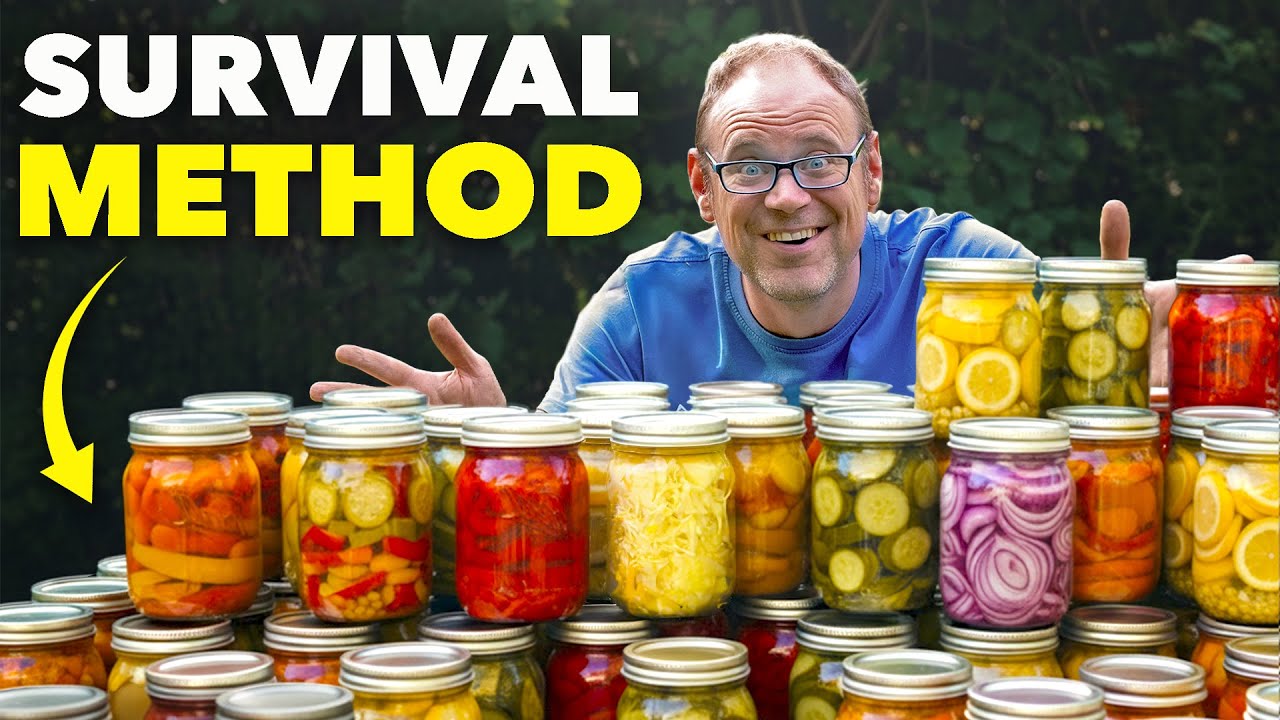Have you ever wondered why many modern gardeners are turning back to a time-tested method from the WWII era? It’s a fascinating trend that combines tradition with practicality, offering you a sustainable and rewarding way to nurture your garden. In this post, we’ll explore why this classic technique is making a comeback and how it can benefit your gardening journey today.
Introduction
Imagine a time when backyard gardens weren’t just a hobby but a lifeline—a time when every tomato, bean, and jar of jam felt like a tiny rebellion against mass-produced monotony. Today, amid the frantic hustle of supermarkets and synthetic preservatives, something extraordinary is unfolding: modern gardeners are increasingly reverting to a tried-and-true WWII gardening technique. Yes, you read that right; people are rediscovering the art of water bath canning.
This method, which sounds more like a science experiment than a gardening skill, is making a comeback. It’s as if we’re collectively yearning for a connection to our roots—metaphorically and literally. With a few jars, some boiling water, and a pinch of patience, today’s growers are learning how to preserve their bumper harvests. It’s a story about resilience, nostalgia, and the undeniable appeal of doing things the old-fashioned way—only now, it’s chic. So, fasten your apron and let’s delve into why modern gardeners are turning back the clock with this classic technique.
The Resurgence of Water Bath Canning in Modern Gardening
Once a staple in every household during wartime shortages and post-war austerity, water bath canning has staged a remarkable renaissance. But why now? In a world obsessed with instant gratification and effortless convenience, the resurgence of water bath canning—a centuries-old technique—feels like a breath of fresh, country air. It’s not just about saving money or avoiding preservatives; it’s about reclaiming self-sufficiency in a disposable age.
Today’s enthusiastic gardeners, whether seasoned or just starting out, are discovering that preserving their produce with water bath canning is both empowering and practical. With colorful jars lined up on shelves and pantry doors, they’re creating a tangible connection to their land and labor. Ben, a modern-day homesteader and author, demonstrates how to use water bath canning in his engaging videos, guiding beginners through the simple steps of sealing their fruits and vegetables in heated jars. This isn’t just nostalgia; it’s a strategic choice to enjoy homegrown bounty long after the growing season ends.
Plus, in a time when food security feels more vital than ever, the belief that you can preserve your bumper harvest using water bath canning is steadily gaining ground. It’s a method that’s traditional, yet increasingly popular because it works—safely and efficiently. As we see more snippets of our grandparents’ techniques making their way onto Instagram feeds, it’s clear that there’s something deeply satisfying about turning fresh produce into pantry treasures with just a pot of boiling water.
How Water Bath Canning Connects to Sustainability and Cost-Saving
There’s a certain poetic justice in transforming the fruit of your labor into jars that will outlast the fleeting season. Water bath canning is cost-effective and wildly sustainable; it’s the gardening equivalent of finding a penny in your pocket. This technique helps store produce for many months—sometimes beyond a year—reducing waste and eliminating the need for buying store-bought preserves, which often come packed with preservatives and added sugars.
It’s more than just a money staycation; it’s a statement about resourcefulness. By sealing food in jars with heat and water, you create an oxygen-proof environment that prevents spoilage with no artificial additives necessary. When Ben demonstrates how to use water bath canning in his video, he highlights how anyone—even a newbie—can turn their garden surplus into a spectrum of jams, pickles, and preserves. For those eager to streamline their planting efforts, they can even access a free trial of the Garden Planner to organize their planting schedule, ensuring a steady, predictable crop.
Furthermore, water bath canning encourages gardeners to embrace seasonal eating year-round. Why should you only enjoy ripe tomatoes in August? By mastering this preservation technique, you can indulge in your garden’s bounty in winter’s cold grip or during spring’s unpredictable weather. This form of self-sufficiency doesn’t just save money—it slashes your carbon footprint by reducing reliance on grocery store imports. It’s a small ripple, but a powerful one, advocating for a more conscious, sustainable approach to food.
Reclaiming Tradition: From Necessity to a Modern Craft
What was once considered a wartime necessity has transformed into a modern craft—an act of rebellion against the throwaway culture engulfing our world. Water bath canning is no longer just about survival; it’s an art form, a ritual that connects us to our ancestors’ ingenuity and resilience. Many of today’s home gardeners are eager to learn and expand their food preservation skills, realizing that there’s a deep satisfaction in cracking open a jar of homemade peaches or spicy dill pickles.
There’s a certain romantic charm to mastering the simple yet profound process of sealing, sterilizing, and storing. Ben’s videos, often accompanied by downloadable guides and tips, reveal that you can try water bath canning at home, even as a beginner. The process involves sealing food in jars with hot water—think of it as a gentle baptism that ward off spoilage and lock in flavor. For many, this act is a small rebellion, a declaration that perhaps we don’t need endless supply chains or supermarket shelves to sustain us. Instead, we can craft our own pantry of abundance, one jar at a time.
The trend toward traditional practices like water bath canning also speaks to a broader movement—an appreciation for things that are handmade, long-lasting, and meaningful. As folks watch storage videos on how to properly keep root vegetables or learn more about the ancient technique, it’s clear that this resurgence isn’t just about food—it’s about reclaiming control and reconnecting with a slower, more deliberate pace of life.
Frequently Asked Questions
How safe is water bath canning for preserving fruits and vegetables at home?
Water bath canning, when done properly following tested recipes and sterilization techniques, is a safe method for preserving high-acid foods like fruits, jams, and pickles. It creates a vacuum seal that prevents bacterial growth and spoilage. The key is to ensure jars are sterilized, the lid seals properly, and processing times are strictly followed, which is why guided videos and resources from trusted sources like Ben’s tutorials are invaluable. When these steps are adhered to, your home-canned goods will retain quality and safety for months or even years.
Can I start canning if I’m a complete beginner with no prior experience?
Absolutely! Water bath canning is beginner-friendly, especially with the step-by-step guidance available from various instructional videos and free downloadable books. Ben’s clear demonstrations break down the process into manageable steps, covering everything from preparing your jars to boiling water seals. Starting small with a batch of strawberry jam or spiced peaches helps build confidence, and soon enough, you’ll be transforming your garden’s gift into beautiful jars of preservation that captivate your friends and satisfy your inner gnawing need for self-reliance.
What kind of produce works best for water bath canning?
High-acid produce, such as fruits, berries, pickles, and tomatoes (when acidified with lemon juice or vinegar), are ideal candidates for water bath canning. These items naturally resist bacterial growth, making them safer to process with minimal fuss. Root vegetables like carrots or beets usually require a different preservation method—like pressure canning—so it’s essential to watch dedicated storage videos before diving in. With a little planning and the right recipes, your garden’s treasures can turn into years-long pantry staples.
How does water bath canning contribute to a more sustainable lifestyle?
This preservation method minimizes reliance on store-bought products, which often involve packaging waste, long-distance shipping, and unnecessary plastics. By processing your garden’s bounty into jars that last for many months, you’re reducing food waste and carbon footprint. Additionally, it encourages seasonal eating—harvesting and preserving when produce is at its peak—fueling a more conscious and environmentally friendly approach to food consumption.
Where can I find resources to learn more about water bath canning?
Many resources are available online, from detailed tutorials on YouTube to comprehensive guides and free abridged versions of expert books like Ben’s. Websites dedicated to home food preservation, urban gardening forums, and specialty blogs regularly feature tips, recipes, and troubleshooting guides. The Garden Planner offers a free trial to help organize your planting schedule, while additional guides on storing root vegetables and other produce help refine your preservation techniques. These resources ensure you’re never alone on your canning journey.
Final Thoughts
In a world that often feels disconnected from its roots, the revival of water bath canning is both a practical and poetic act. It’s a reminder that with a bit of knowledge, patience, and a splash of nostalgia, we can reclaim control over our food sources—nurturing not just our gardens, but our spirits. Whether you’re snapping shut jars of summer peaches during a frost or simply enjoying the scent of stewed fruit wafting through your kitchen, this timeless method reconnects us to a simpler, more deliberate way of living.
So, gear up, embrace the bubbling waters, and give this centuries-old craft a whirl. Who knows? Your pantry might just become a miniature museum of flavors, each jar telling its own story of summer’s bounty. In the end, the old ways aren’t just nostalgic—they’re necessary, flavorful, and beautifully, stubbornly brave in an age of convenience.

